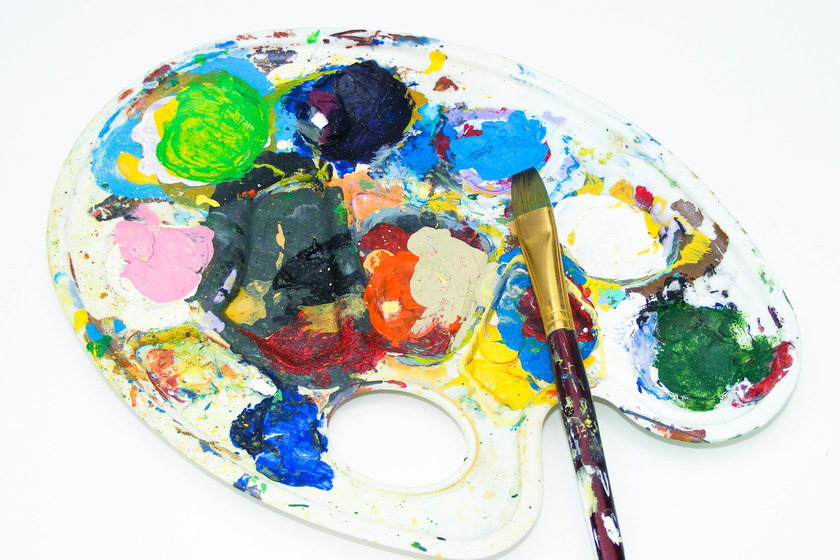Surprising Benefits Of Art Therapy For Your Health

Creative expression is one of the things that draws humans together. Through dance, storytelling, music, visual arts, film and other art forms, we explore both our inner and outer worlds. Art reminds us of our shared experience with others and challenges us to explore our own interiority. As a child, you may have remembered greatly enjoying arts and crafts sessions at school or at home. Art-making is a central part of most of our childhoods, but most of us find ourselves putting it aside once we enter the working world. Luckily, one of the benefits of retirement is the time it provides us to do what we love, which helps us age well. What better time to get back into art-making?
Practicing art has significant physical and psychological benefits. Those in their golden years who participate regularly in cultural programs require less medication, have a lower risk of falls, find themselves needing to visit the doctor less, and generally feel more connected with those around them. Some art therapy benefits include:
- Improved memory and cognition
- Socialization opportunities
- A feeling of relaxation and control
- Cultivating a stronger sense of identity
- Encouraging fun and risk-taking
- Nurturing your spiritual side
Art Boosts the Mood
Getting into a new hobby provides a sense of meaning in your life as you seek to master your craft. Art not only challenges you to explore your capabilities, it does so in a fun way, lighting up your creative side. It also helps you express yourself, thus strengthening your sense of identity and giving you a sense of control. Art therapy can help you work through difficult feelings such as grief, or having to cope with life transitions or medical issues. Whether you’re looking for a light-hearted session at the canvas, or to work through something deeper, art provides an outlet.
Art for the Body
Many people associate physicality in the arts with dance or theatre, but the visual arts are also a physical medium. While looking at pieces of art in a museum, you might have been struck by the “movement” of brushstrokes on a painting, or admired the gracefulness of a sculpture. All of these traces point to the physical nature of art, which is also present in art therapy. Art employs hand-eye co-ordination and motor skills, giving you a work out as you practice your craft. It also requires you to engage your memory – both your mind and body are hard at work when you paint, sculpt, or work with any other medium!
Art for a Healthier Brain
On that note, art stimulates your senses. It boosts your mood and triggers positive memories. Engaging in new activities is one way to cultivate a habit of lifelong learning, which allows the brain to restructure itself through the construction of new neurological pathways. As you engage in an artistic practice, both hemispheres of your brain are activated and made to work together.
Start Today
With all these benefits, why not start art therapy today? Look up your local community centers to see if they offer art therapy or art classes. You may also want to head down to your local art museum to see if they offer any art activities for those in your age group. Explore a new side of yourself today with art therapy.